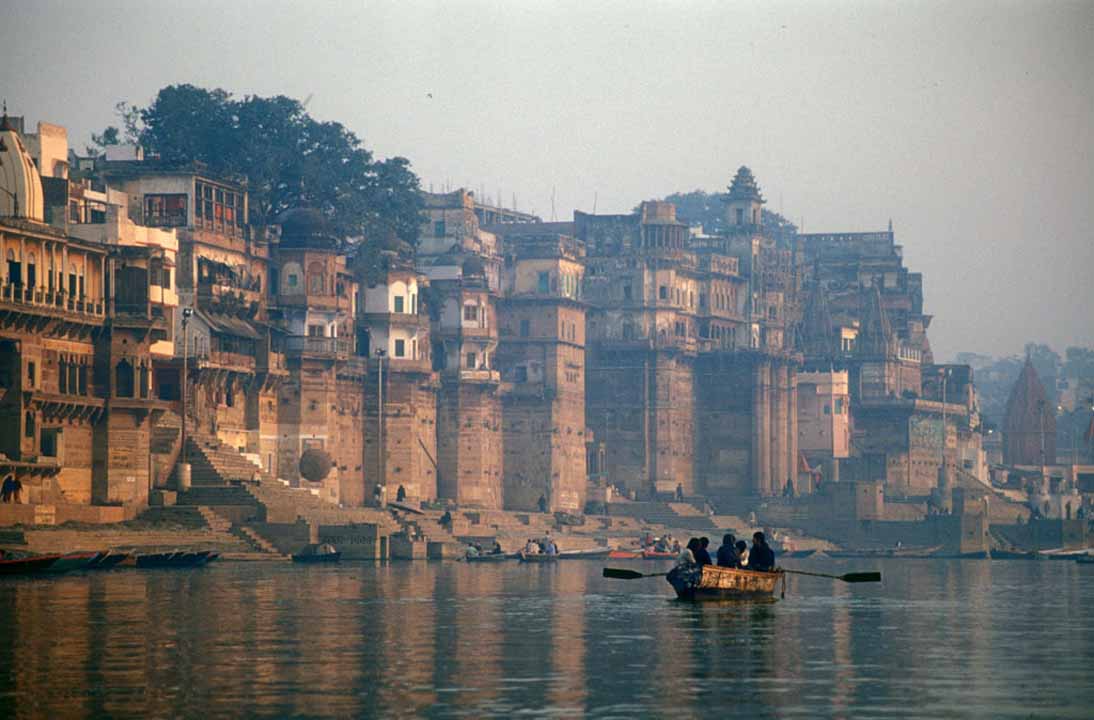Report on The Ganges
The Ganges, a very popular and endangered river, is a very important river for the Hindus. It is located in the northern subcontinent. It is considered as the holy river of Hinduism. Hindus worship this river as the Goddess Ganga. This exceptionally pure and free-flowing water is facing difficulties and problems because of human interference.
Geographical Location
The Ganges has a length of 1,560 miles ( 2,510 km) which is relatively small compared to the other great rivers in Asia. It rises from the himalayas and empties out into the bay of bengal. As it drains one-fourth of the territory of India, it's basin supports millions of lives. The greater part of the indo-gangetic plain, across which it flows, is the heartland of the region known as Hindustan and has been the cradle of successive civilisations from the Mauryan Empire of Ashoka in the 3rd century BCE, to the Mughal Empire founded in the 16th century BCE.
Though most of the courses of the Ganges runs through the Indian territory, it’s large delta, which it shares with the Brahmaputra, lies mostly in Bangladesh. The general direction of the river’s flow is from northwest to southeast, so the flow is generally southward. The Ganges rises in the southern great Himalayas on the Indian side of the border with Tibet (an autonomous region of China). It has 5 main headstreams - The Baghirathi and the Alaknanda (which are the 2 main headstreams of the river Ganges), each rising about 30 miles to the north of the himalayan peak and 10,000 ft above sea level at a subglacial meltwater cave at the base of the himalayan glacier known as Gangotri, which itself is a sacred place for hindus. The other headstream of the Ganges are the Mandakini, The Dhauliganga and the Pindar. The Alaknanda and the Bhagirathi rivers unite at Devprayag to form the mainstream, known as Ganga.
Pollution Issues
The once purest river, Ganga, is now facing severe pollution and environmental issues due to Bathing, Disposal of wastes. Varanasi (one of the cities through which the Ganges flows), is a city where more than one million people come to take a holy dip in this river and release around 200 million litres of untreated human sewage into the river each day, leading to large concentrations of Fecal Coliform Bacteria. And disposing of diseased, burned and raw bodies into the Ganges makes it a place for diseases to spread rather than a place to purify yourself. An initiative was begun to solve this problem called the ‘ The Ganga Action Plan ‘ and a lot was invested upon this, but it turned out to be a failure.
- K. Lakshanaa

